Part:BBa_K533003
OmpA-HIV aspartyl protease
OmpA is used to present HIV aspartyl protease outside the E. Coli membrane so that it can cut other proteins with the specific sequence outside in the media.
Usage and Biology
We tested the function of this part. Our part BBa_K533002 contained an HIV-protease site. After BBa_K533002 was bound to mCherry, we cleaved it with bacteria expressing this part.
| Color Channel | + E. coli expressing protease | + E. coli without protease |
| mCherry | 
|

|
| DAPI | 
|

|
| merge | 
|

|
It shows that it works.
We further optimized the conditions for expression induction.
We induced OmpA-protease fusion protein with IPTG concentration of 0.1mM, 0.5mM and 1mM. After 12hours induction at 18 centigrade, protease activity were observed in all the samples.
| Color Channel | 0.1mM IPTG induction | 0.5mM IPTG induction | 1.0mM IPTG induction |
| mCherry | 
|

|
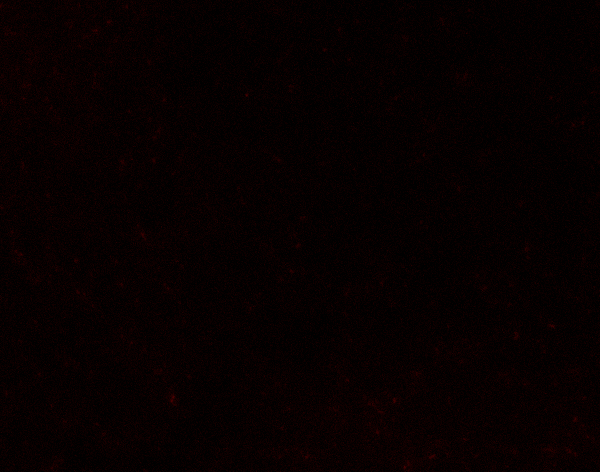
|
| DAPI | 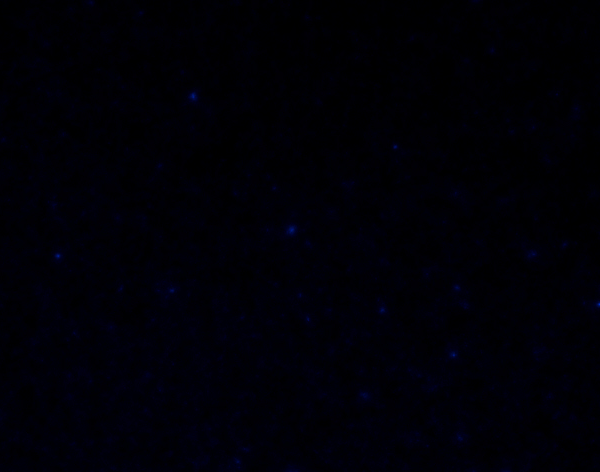
|
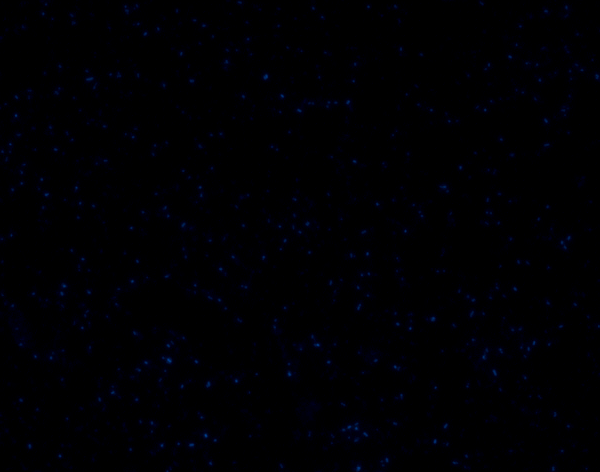
|
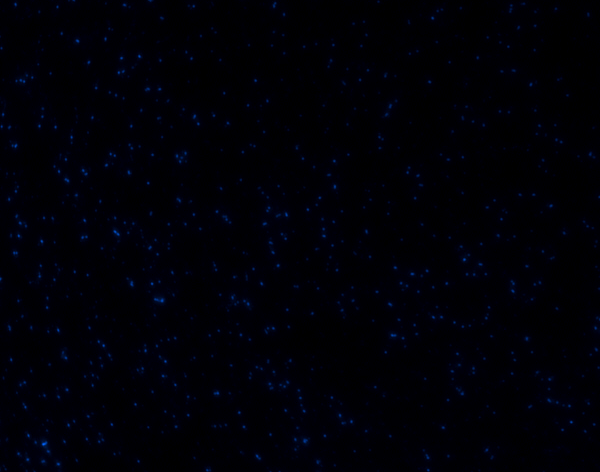
|
| merge | 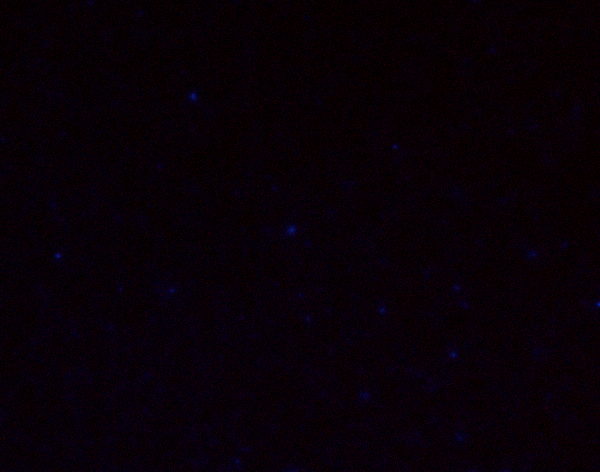
|

|
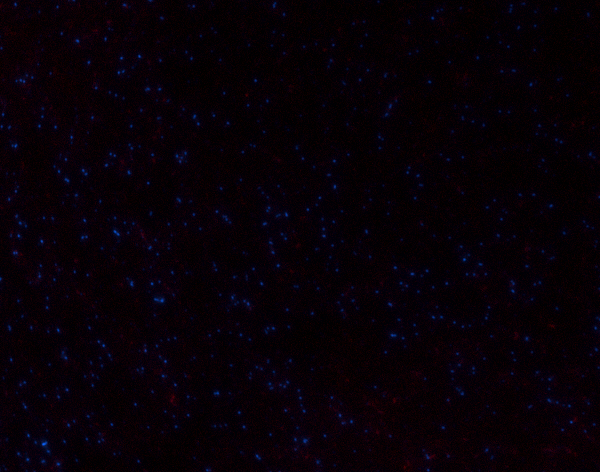
|
Protease cleavage will extinguish the red fluorescence from mCherry.
As is shown, the cleavage activity is highest at 0.1mM induction, suggesting the too high expression level might hinder protein folding.
DAPI in the first set of data seems a bit diffusing, suggesting possible damage to the host cell.
Sequence and Features
- 10COMPATIBLE WITH RFC[10]
- 12COMPATIBLE WITH RFC[12]
- 21INCOMPATIBLE WITH RFC[21]Illegal BamHI site found at 936
- 23COMPATIBLE WITH RFC[23]
- 25COMPATIBLE WITH RFC[25]
- 1000COMPATIBLE WITH RFC[1000]
//cds/membrane/extracellular
//plasmid/expression/t7
| negative_regulators | Temperature < 20 centigrade for efficient protein folding |
| positive_regulators | IPTG, 20mM |
